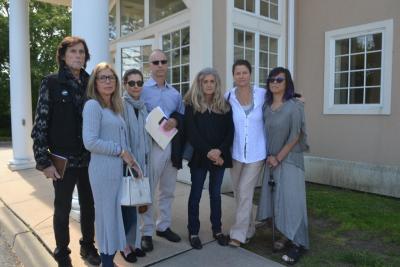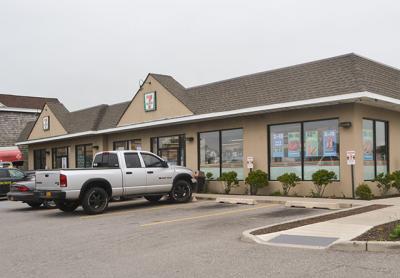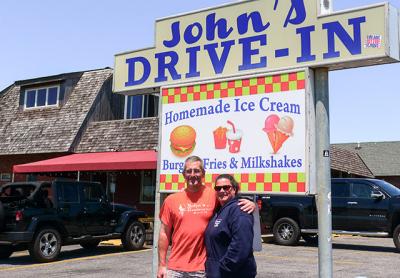‘Social Host’ Law Invoked at Arraignment
‘Social Host’ Law Invoked at Arraignment

About 40 friends and parents were in the courtroom last Thursday during the arraignment of a man East Hampton Town police said had hosted a post-prom party for over 50 under-age drinkers, many of them Ross School students.
Arthur W. Bijur, 62, of Amagansett is facing two misdemeanor charges, one for allegedly violating Suffolk County’s social host law, which prohibits adults from knowingly allowing under-age drinking, the other alleging that he did not have a mass gathering permit, as required by town law.
After Mr. Bijur was arraigned by East Hampton Town Justice Steven Tekulsky and released without bail, his friends and supporters in the courtroom stood up and followed him outside.
Once outside, Mr. Bijur’s attorney, Daniel W. Rodgers, called the charges against him nonsense. “Mr. Bijur did everything the right way,” Mr. Rodgers said. That included, he said, sending an email to all the parents of students his son had invited, warning that alcohol would be strictly prohibited.
The alcohol at the party, Mr. Bijur said, was brought in by an uninvited guest, a Ross School boarding student, who was already drunk when he arrived. When Mr. Bijur discovered what was going on and realized that the uninvited guest was dangerously intoxicated, Mr. Rodgers said, he immediately called for an ambulance and ended the party. Mr. Rodgers pointed out that is exactly what the social host law calls for. Mr. Bijur said that was what he did.
The student had a blood alcohol reading in the area of .31 of 1 percent, the number that triggers a trip to the hospital for anyone in custody. The youth was, indeed, taken to the hospital.
Some of the parents who attended Mr. Bijur’s arraignment were motivated by a letter from Bill O’Hearn, head of the Ross upper school. “As a consequence for attending this party where alcohol was available, which is in violation of our drug and alcohol policy as well as our core values,” the letter read, “we are requiring the students who attended the party to take part in a two-day educational forum which will also incorporate service projects specifically designed to address issues around under-age drinking and the choices students make.”
The forum, which took place on Saturday and Sunday, was termed two-day detention by at least one parent.







